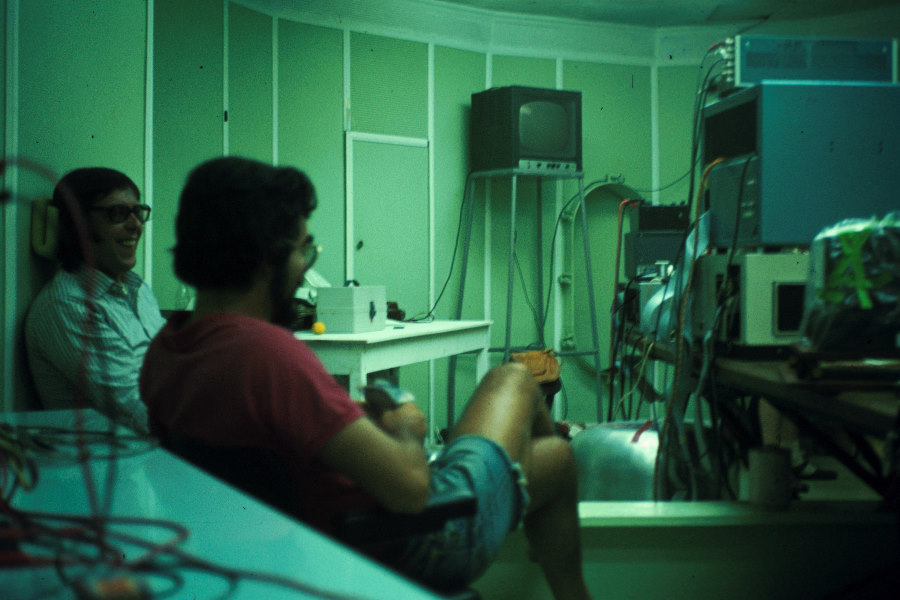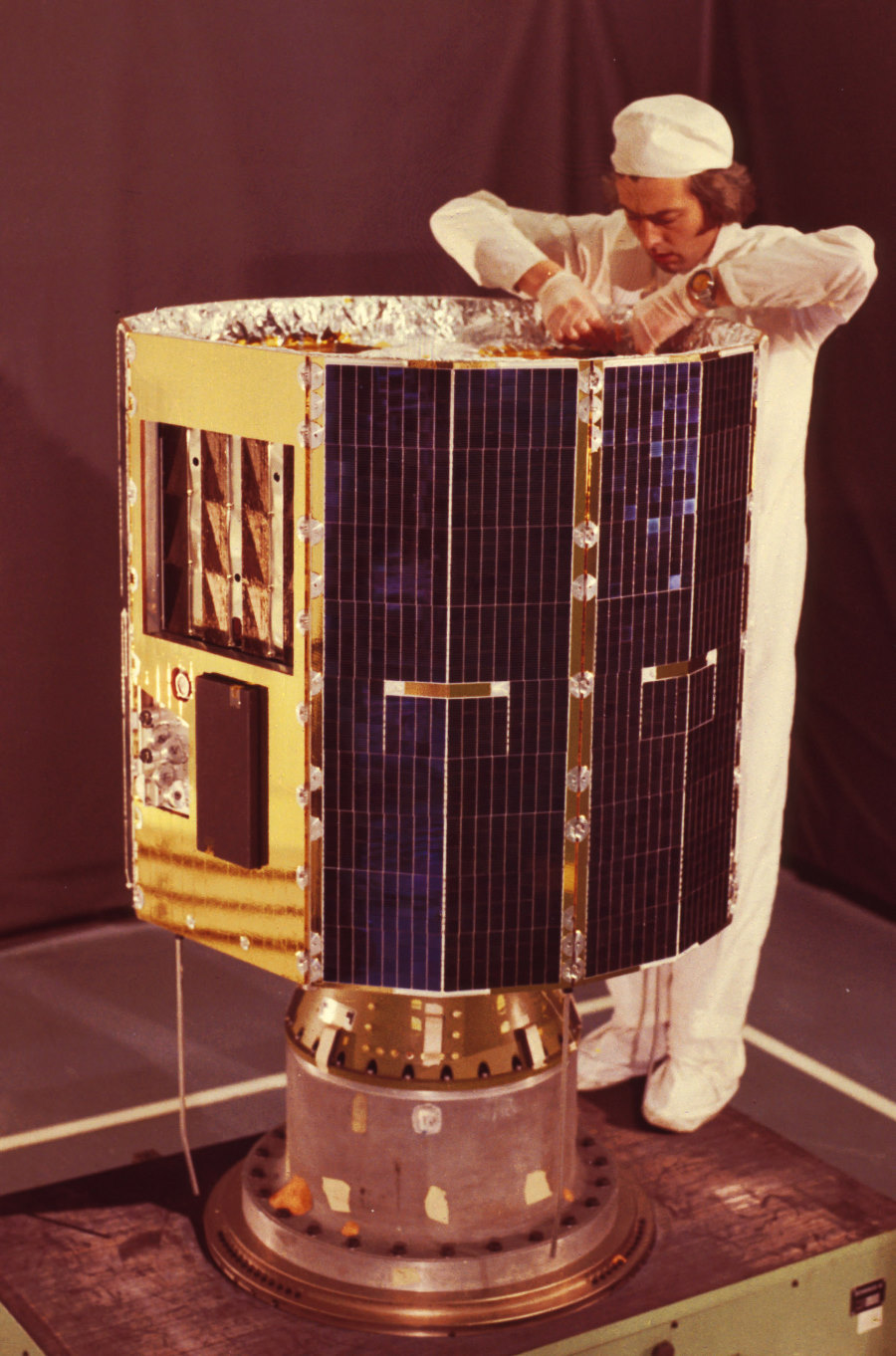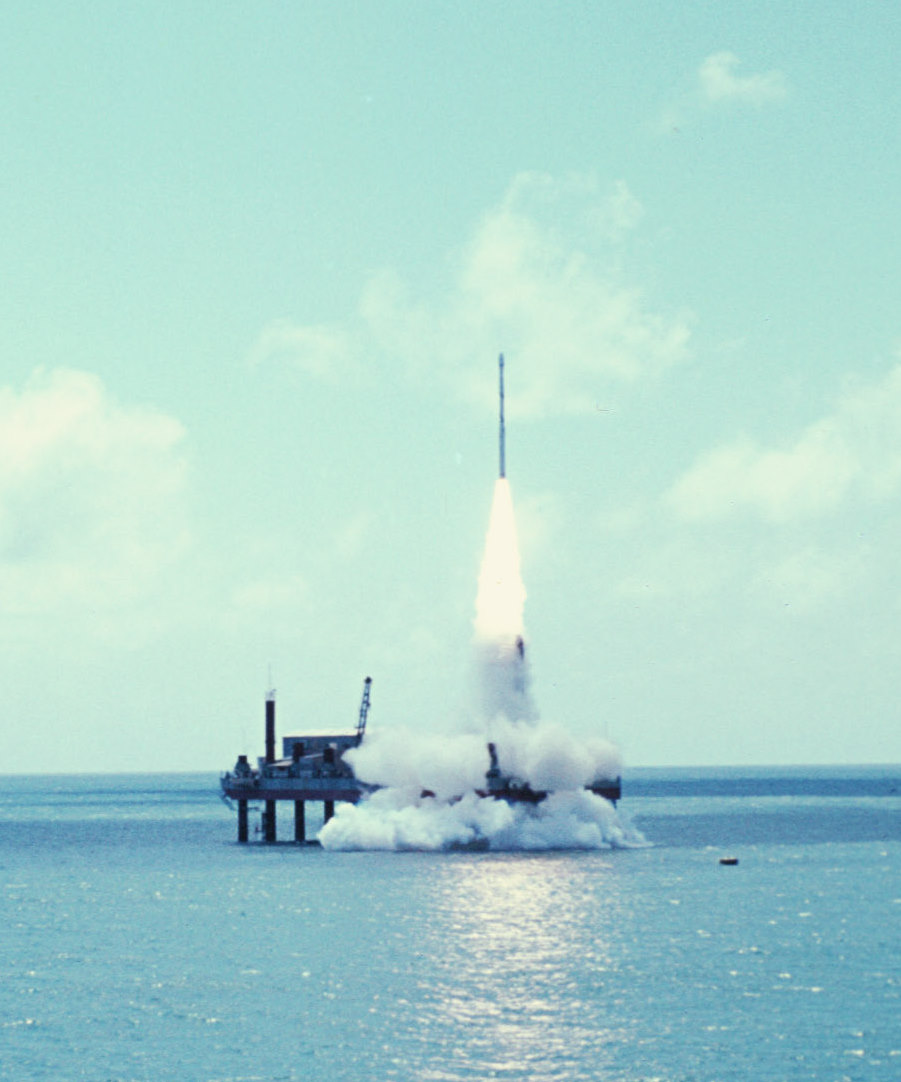|
|
|
|
Kenya 2° 56' 18' S, 40° 12' 45' E ..
|
|
|
San Marco
Platform
Operator: Centro
Ricerche Aerospaziali, NASA
The San Marco Platform (also known as Luigi Broglio Space Centre after its founder Luigi Broglio) is a spaceport platform on an old oil platform near Kenya, developed in the 1960 through a partnership between the Centro Ricerche Aerospaziali at the University of Rome La Sapienza and NASA to serve as a launch pad for Italian spacecraft. While still in existence, it is not currently used as a launch site. History
The Italian space research program began in 1959 with the creation of the CRA (Centro Ricerche Aerospaziali) at the University of Rome. Three years later, on 7 September 1962, the university signed a memorandum of understanding with NASA to collaborate on a space research program named San Marco (St. Mark). The Italian launch team, trained by NASA, was to first launch a rocket from Wallops Island under NASA supervision and first launch successfully took off on 16 December 1964. The San Marco project was focused on the launching of scientific satellites by Scout rockets from a floating mobile station located close to the equator. This station, composed of two oil platforms and two logistical support boats, was installed off the Kenya coast, close to the town of Malindi. The program schedule included three phases:
The ground segment is in use and continues to track NASA, ESA and Italian satellites. However, the two platforms fell into disrepair during the 1990s. Recently, the Italian Space Agency has conducted a feasibility study to reactivate it for the Russian launcher START-1. SOURCE: Wikipedia San Marco Platform |
|
|
Kenya ..
View of the Santa Rita platform, from the boat. It is the day of the launch. |
|
Related Links:
|
|
|
Kenya 2° 56' 18' S, 40° 12' 45' E ..
|
|
|
..
|
|
|
..
|
|
|
October 15, 1974 ..
|
|
| High
Energy Astrophysics Science Archive Research Center (HEASARC)
The High Energy Astrophysics Science Archive Research
Center (HEASARC) is the primary archive for NASA missions dealing with
extremely energetic phenomena, from black holes to the Big Bang. Having
recently merged with the Legacy Archive for Microwave Background Data Analysis
(LAMBDA), it includes data obtained by NASA's high-energy astronomy missions
from the extreme ultraviolet through gamma-ray bands, along with missions
that study the relic cosmic microwave background.
SOURCE: NASA/HEASARC |
|
|
Other Space Ports:
|
|
| FAIR USE NOTICE: This page contains copyrighted material the use of which has not been specifically authorized by the copyright owner. Pegasus Research Consortium distributes this material without profit to those who have expressed a prior interest in receiving the included information for research and educational purposes. We believe this constitutes a fair use of any such copyrighted material as provided for in 17 U.S.C § 107. If you wish to use copyrighted material from this site for purposes of your own that go beyond fair use, you must obtain permission from the copyright owner. | |
|
|






